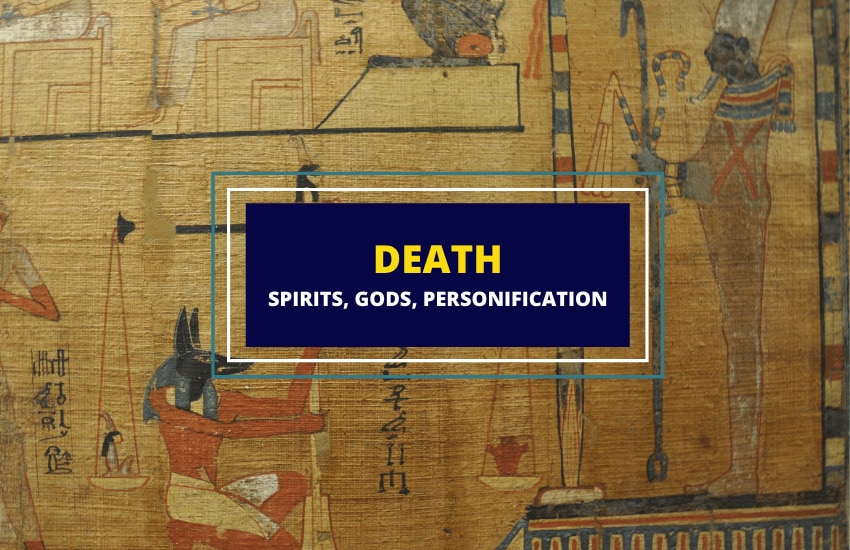
Table of Contents
Death as a tangible power is one of the oldest human concepts. It’s thought of as the spirit that chooses specific human souls for their journey into the afterlife. There are many perceptions surrounding what and who Death is, but these vary greatly depending on the culture and religion.
Every religion and mythology has its own take on death, with various spirits, deities, and personifications of death. This article will provide a brief overview of the figures associated with death in different religions. You can also read about Angels of Death, deities of death, and the Grim Reaper, which have been addressed in separate articles.
Polytheistic Versions of Angels of Death
Almost every culture around the world has harbingers, overseers, or messengers of death. The list below contains specific beings that can end lives and take souls to the afterlife.
Celtic/Welsh
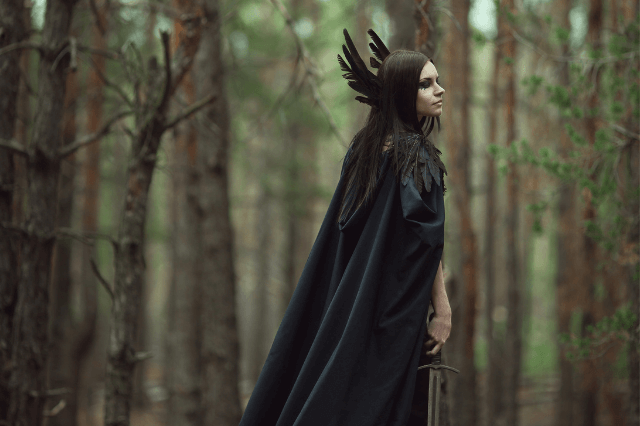
The ancient Celts were people from Scotland, Ireland, and Britain extending to the outer rims of France and Spain. They believed in an afterlife that seemed to be an extension of this one. But many Celtic funerary practices intertwined with Christian teachings.
The Celts were not afraid of death. They held funerary rites reflecting the soul’s journey into the Otherworld. This is evident in a host of legends around figures like fairies, leprechauns, and elves.
Ankou
Ankou (an-koo) is a henchman of death that comes to collects the dead among the Welsh, Irish, British, and Normans. Known as the King of the Dead, it is also the name given to the first person who dies in a parish during the year. Over the course of the following year, he or she assumes the duty of calling for those to die and collecting their souls. This means every year, each parish has its own Ankou.
Often seen as a tall, haggard skeletal figure with a wide-brimmed hat and long white hair, Ankou has the head of an owl which can turn 360 degrees on its neck. Ankou drives a spectral cart accompanied by two ghost-like figures, making stops at the houses of people destined for death. When Ankou shows up, people either see a ghostly figure or hear a song, wailing, or a screeching owl.
Banshees
Among the Irish Celts, the oldest known record of Banshees dates to the 8th Century AD. These are female harbingers of death with a terrifying countenance, long hair, and a horrific screech.
However, there are some legends describing how Banshees delight in murder by driving a person to suicide or insanity. If the living person sees a Banshee, it disappears into a cloud or mist which sounds like an enormous bird flapping its wings.
Morrigan/Morrigu
Of the many deities in Celtic mythology, the Morrigan is the most fearsome with her name translating to “Phantom Queen” or “Great Goddess”. Either described as one Goddess or a group of three sisters, she is a shapeshifter with three forms: crow/raven, eel, or a wolf. According to archaeological findings, the first records of Morrigan date to 750 BC.
In her crow or raven form, she decides the fate of warriors on the battlefield by bathing the chosen’s clothes and armor in blood. Those who will die witness her doing this beforehand. She then collects the souls for the afterlife. Some legends liken her to the Banshees.
Egyptian
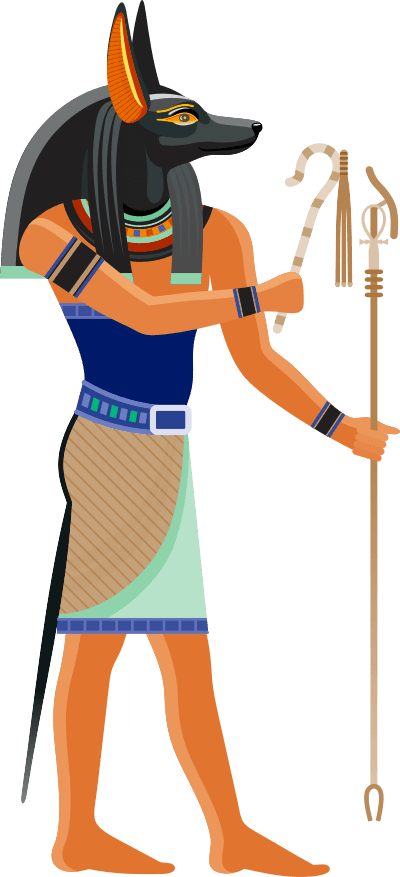
Ancient Egypt has hundreds of deities of death, but most relate to what happens after a person enters the Underworld. Osiris, Nephthys, and Seth are all deities of death, but only play a role after the soul goes through judgment by Ma’at.
Osiris
Osiris is the Egyptian god of life, death, and of resurrection. One of his symbols is the gauze used to wrap mummies, which signified his role as the god of the Underworld and the main judge of the deceased.
Anubis
Anubis, the jackal-headed deity, is one of the oldest of the Egyptian deities and was the most important god of death and the afterlife during the Old Kingdom. However, by the time of the Middle Kingdom, he was replaced by Osiris. His role was to guide the deceased into the Underworld and aid in the judging process. He was also the protector of graves.
Nekhbet
Nekhbet is the White Vulture Goddess of the South and a major funerary deity. What makes Nekhbet so special is that she rules both death and birth. This vulture goddess is present when a person is born and also the last thing a person sees before they die. She gives protection before entry into the Underworld. Nekhbet protected deceased kings and the non-royal dead.
Etruscan
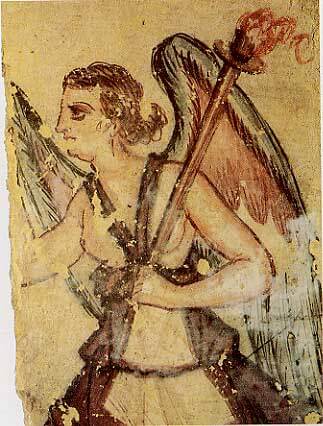
The ancient Etruscans are an interesting and mysterious people. Not only were they unusual for their decentralized egalitarian society, but they also valued death in a similar manner as the Egyptians. Religion was a dominant feature and there was a near-obsession around rituals surrounding death. But because so little information is available, it’s difficult to pinpoint what roles of their deities were in exact terms.
Tuchulcha
Tuchulcha is a hermaphroditic Underworld being with humanoid-like features complete with large wings, a vulture’s beak, donkey’s ears, and snakes for hair. Tuchulcha’s most notable story involves the Greek hero, Theseus.
When attempting to raid the Underworld, Tuchulcha threatens Theseus with a bearded snake. He became trapped in the Chair of Forgetfulness and was later rescued by Heracles. When seen in this context, Tuchulcha is an Angel of Death like the Banshee, who terrorizes its victims.
Vanth
An Etruscan tomb dating back to 300 BCE depicts a winged woman with a stern and dark countenance flanking the door. This is Vanth, a female demon who resides in the Etruscan underworld. She’s often present when an individual is about to die.
Vanth carries a large set of keys, a serpent around her right arm and a lit torch. Just as with Nekhbet in Egyptian mythology, Vanth has a merciful role in being the last thing a person sees before they die. Depending on how the individual lived, she would be benevolent or malevolent in her treatment.
Greek
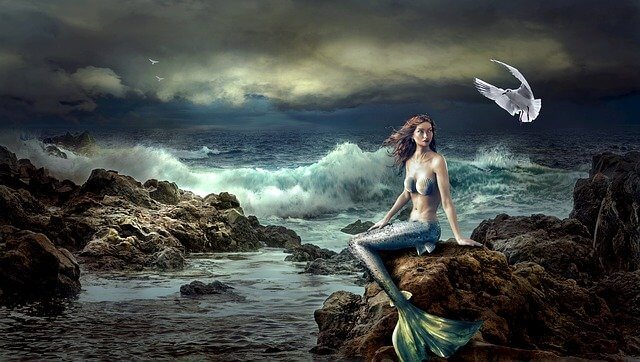
Death among the ancient Greeks was a staunch personification. They believed in a strict prescription of burial rites that must see adherence. If not, the soul would wander the banks of the River Styx for eternity. To the ancient Greeks, such a fate is horrifying, but if a person was a wrongdoer or evil, creatures like the Furies were happy to give the soul a lift.
Sirens
Luring sailors to their death with their sweet song, the Sirens are a figure of death in ancient Greek mythology. These were half-bird half-women creatures would stay near rocky cliffs and difficult, violent areas of the sea. In other versions, the sirens are depicted as mermaids. Many stories abound about the Sirens.
Thanatos
The Greeks literally personified Death as the god Thanatos, who acts as a psychopomp and takes the dead to the River Styx, from where they would board the barge of Chiron.
Thanatos either a bearded old man or a clean-shaven youth. Regardless of which form, he is often described as having wings and is the sole progenitor of bestowing termination. It’s interesting to note that post-biblical medieval art depicts Thanatos as the Angel of the Death mentioned in the Bible.
Hindu
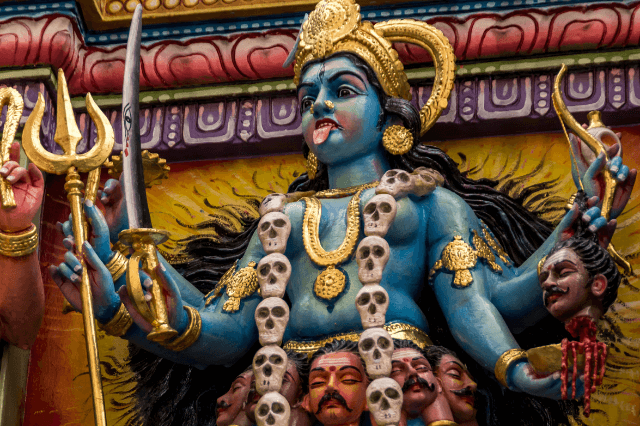
Hinduism teaches that humans are in samsara, an eternal cycle of death and rebirth. Variation of belief and sect depending, the atman, or soul, is reborn in a different body. Therefore, death is not a finalizing concept like it is in other beliefs.
Dhumavati
Most deities in Hindu mythology are bright, colorful, shining, and full of light or energy with multiple arms. But Dhumavati is a different kind of deity altogether. She is one of the ten Mahavidyas, a group of Tantric goddesses who are aspects of the goddess Parvati.
Dhumavati is depicted either with crows or riding a crow, with bad teeth, a hooked nose, and filthy clothing. Her name means the smoky one. She holds a basket or a fire pot along with a torch and a broom. Hindus believe that her presence provokes fights, divorce, conflicts, and sadness. Dhumavati brings destruction, misfortune, decay, and loss while drinking liquor and feasting on human flesh.
Kali
The goddess of time, death, and destruction, Kali is a complex goddess with both negative and positive connotations. She’s portrayed as a fierce goddess with black or blue skin, wearing a necklace of human heads and a skirt of human arms. She would go on killing sprees, dancing the dance of destruction, as she killed all those in her way.
Yama
Yama is the Hindu and Buddhist deity of death and the underworld. He became the deity of death because he was the first human to experience death. He stores the deeds of each person throughout their life in a text known as the “Book of Destiny”. He is the ruler of the entire process of death and is the only one with the power to bestow death onto humanity. He decides on and collects the souls of humans as rides his bull with a noose or mace. Because of the Hindu belief in the cycle of reincarnation, Yama isn’t considered evil or wicked.
Norse
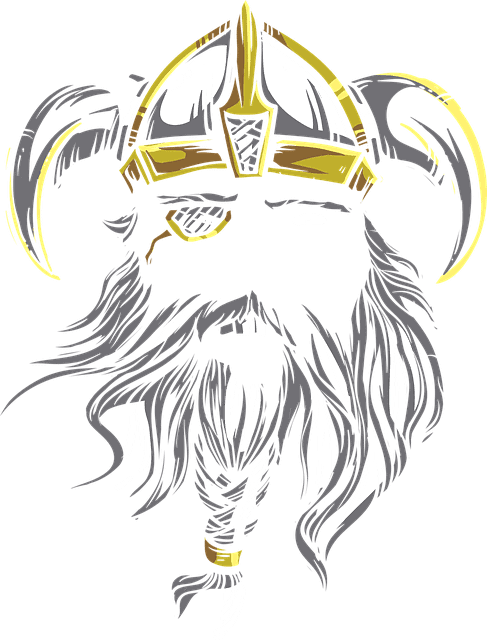
To the Vikings, death was an honorary act and they believed men received great rewards upon dying in battle. The same honors go to women who die during childbirth. Norse traditions from Sweden, Norway, Germany, and Finland portend death as something to fully embrace. Their religion never contained any formal prescriptions about what happens to the soul after death. Still, they had elegant burial rites in accordance to how ancient Nordic peoples perceived the afterlife.
Freyja
As one of the most popular goddesses, Freyja not only rules over love, sexuality, beauty, fertility, abundance, battle, and war, but also death. She heads the company of Valkyries, the shield maidens who decide the deaths of warriors. This gives her a great similarity to The Morrigan in Celtic mythology.
Freyja is the image of beauty with long, blond hair wearing the Brisingamen, an extravagant necklace. Adorned with a cloak made entirely of falcon feathers, she rides a chariot driven by two domesticated cats. Freyja, in her death role, acts very much like an Angel of Death. The Vikings did not fear her presence; in fact, they prayed for it.
Odin
Of all the powerful gods in the Nordic pantheon, Odin is the highest and most powerful. He is a healer, keeper of wisdom and rules over war, battle, and death. Odin’s two ravens, called Hugin (thought) and Munin (memory), indicate how he records deeds and administers justice. When the Valkyries determine who will die on the battlefield, Odin selects half of the warriors to join him in Valhalla. There, the warriors train for Ragnarok, the ultimate end-times battle between good and evil.
In Brief
Every religion and mythology has specific beings that represent death, be it personifications, gods, angels, or demons. The above list, while in no way comprehensive, provides a brief outline of several of these death-related figures.








